- Liliaceae
- Lamiaceae
- Euphorbiaceae
- Leguminosae
- Zingiberaceae
- Chloranthaceae
- Campanulaceae
- Asteraceae
- Acanthaceae
- Orchidaceae
- Polygonaceae
- Ranunculaceae
- Vitaceae
- Rubiaceae
- Solanaceae
- Thymelaeaceae
- Saururaceae
- Moraceae
- Polypodiaceae
- Myrtaceae
- Araceae
- Adiantaceae
- Schisandraceae
- Amaranthaceae
- Berberidaceae
- Araliaceae
- Taxaceae
- Cucurbitaceae
- Apiaceae
- Guttiferae
- Scrophulariaceae
- Papilionaceae
- Caprifoliaceae
- Elaeagnaceae
- Apocynaceae
- Brassicaceae
- Papaveraceae
- Gentianaceae
- Paeoniaceae
- Lauraceae
- Punicaceae
- Nyssaceae
- Ephedraceae
- Gnetaceae
- Polygalaceae
- Violaceae
- Ginkgoaceae
- Cupressaceae
- Dipsacaceae
- Eucommiaceae
- Juglandaceae
- Dryopteridaceae
- Rosaceae
- Huperziaceae
- Caryophyllaceae
- Rhamnaceae
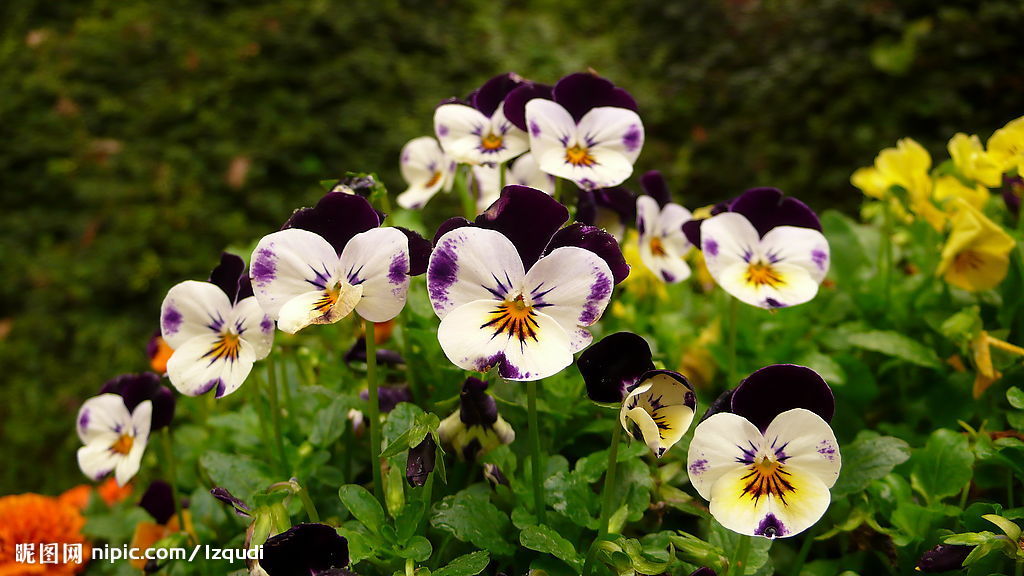
Viola tricolor
- Introduction
- Download
Blast
Viola tricolor. Pansy is a common wild flower species in Europe, it is also be cultivated in the park. As a kind of Chinese herbal medicin, pansy can used for sterilization, acne and other skin problem.
Year:2015
Institution:Center for Physiology and Pharmacology, Medical University of Vienna, Schwarzspanierstrasse 17, 1090 Vienna, Austria
Material: Gainesville, Florida
Data link: http://www.herbal-genome.cn/index.php?m=content&c=index&a=show&catid=100&id=99
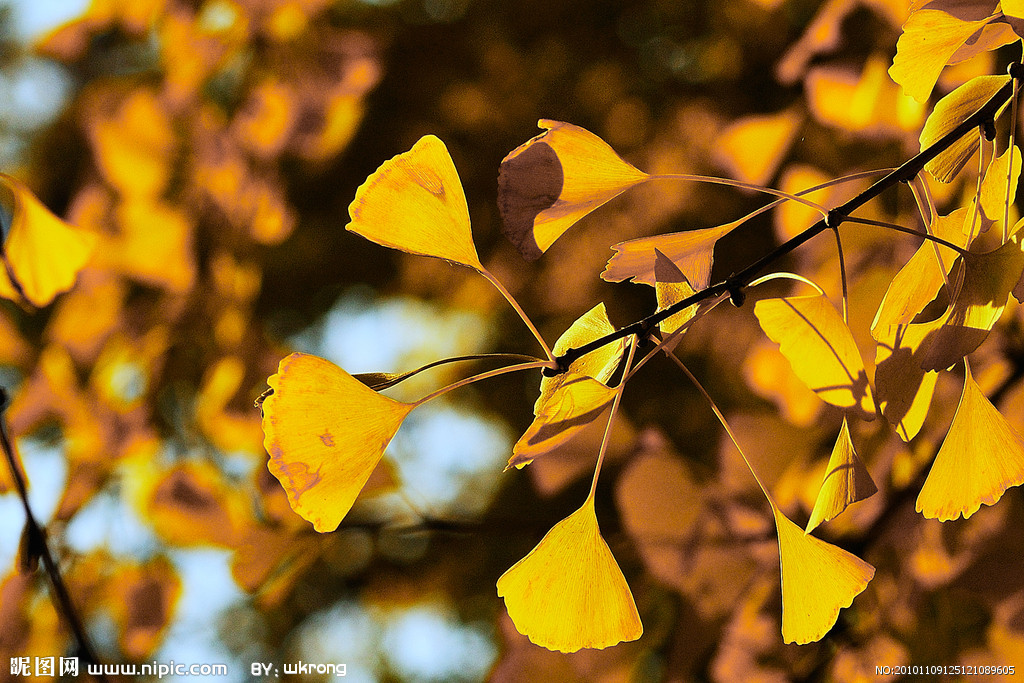
Ginkgo biloba
- Introduction
- Download
Blast
Ginkgo biloba, known as ginkgo or as the maidenhair tree. Although the seeds are most commonly employed in traditional Chinese medicine, in recent years standardized extracts of the leaves have been widely sold as a phytomedicine in Europe and as a dietary supplement in the United States. The primary active constituents of the leaves include flavonoid glycosides and unique diterpenes known as ginkgolides; the latter are potent inhibitors of platelet activating factor. Clinical studies have shown that ginkgo extracts exhibit therapeutic activity in a variety of disorders including Alzheimer's disease, failing memory, age-related dementias, poor cerebral and ocular blood flow, congestive symptoms of premenstrual syndrome, and the prevention of altitude sickness.
Year:2015
Institution:Hubei Key Laboratory of Genetic Regulation and Integrative Biology, School of Life Sciences, Central China Normal University, Wuhan
Material: -
Data link: http://www.herbal-genome.cn/index.php?m=content&c=index&a=show&catid=100&id=98
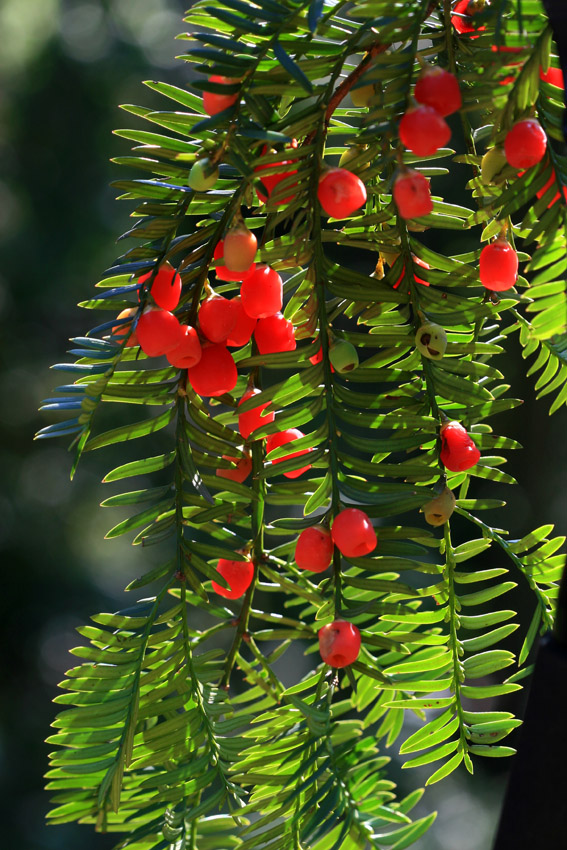
Taxus mairei
- Introduction
- Download
Blast
Taxus mairei.Taxus is a world-wide endangered gymnosperm genus and forms an important anti-cancer medicinal resource.
Year:2011
Institution:Institute of Medicinal Plant Development, Chinese Academy of Medical Sciences, Beijing, China
Material: Beijing, China
Data link: http://www.herbal-genome.cn/index.php?m=content&c=index&a=show&catid=100&id=94
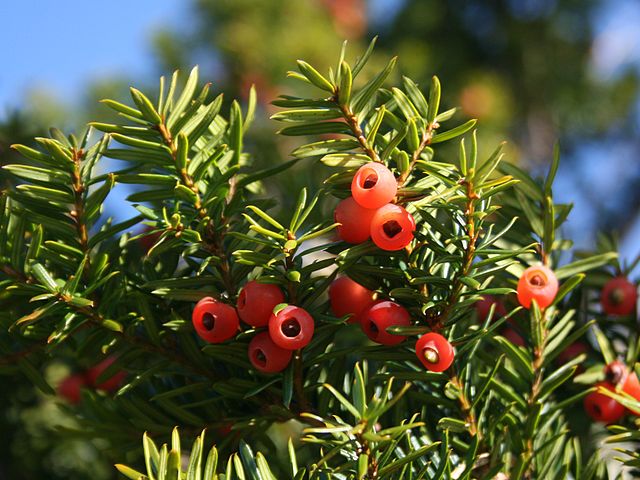
Taxus cuspidate
- Introduction
- Download
Blast
Taxus cuspidata, the Japanese yew or spreading yew, is a member of the genus Taxus, native to Japan, Korea, northeast China. The extarct, taxol, is a drug used to treat ovarian, breast, lung, pancreatic and other cancers.
Year:2011
Institution:Institute of Medicinal Plant Development (IMPLAD), Chinese Academy of Medical Sciences & Peking Union Medical College, Beijing
Material: Beijing, China
Data link: http://www.herbal-genome.cn/index.php?m=content&c=index&a=show&catid=100&id=93
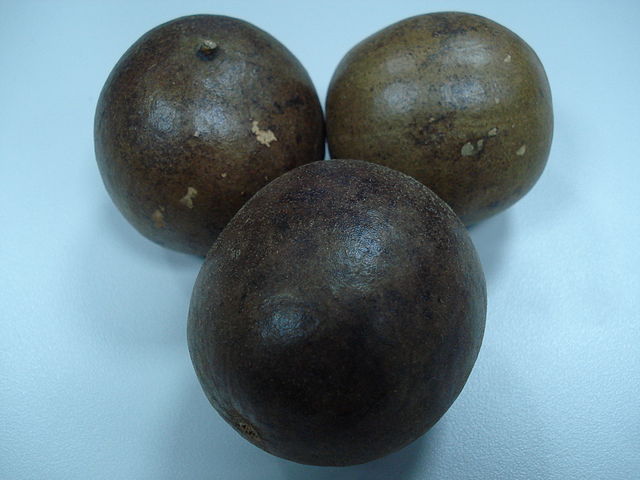
Siraitia grosvenorii
- Introduction
- Download
Blast
Siraitia grosvenorii is a herbaceous perennial vine of the Cucurbitaceae (gourd) family, the plant's fruit is often called in English language publications luo han guo, which are used for medicinal purposes and as a sweetener.The fruits are generally sold in dried form, and traditionally used in herbal tea or soup.
Year:2011
Institution:Institute of Medicinal Plant, Chinese Academy of Medical Sciences, Peking Union Medical College
Material: Shanxi, Guangxi, China
Data link: http://www.herbal-genome.cn/index.php?m=content&c=index&a=show&catid=100&id=90
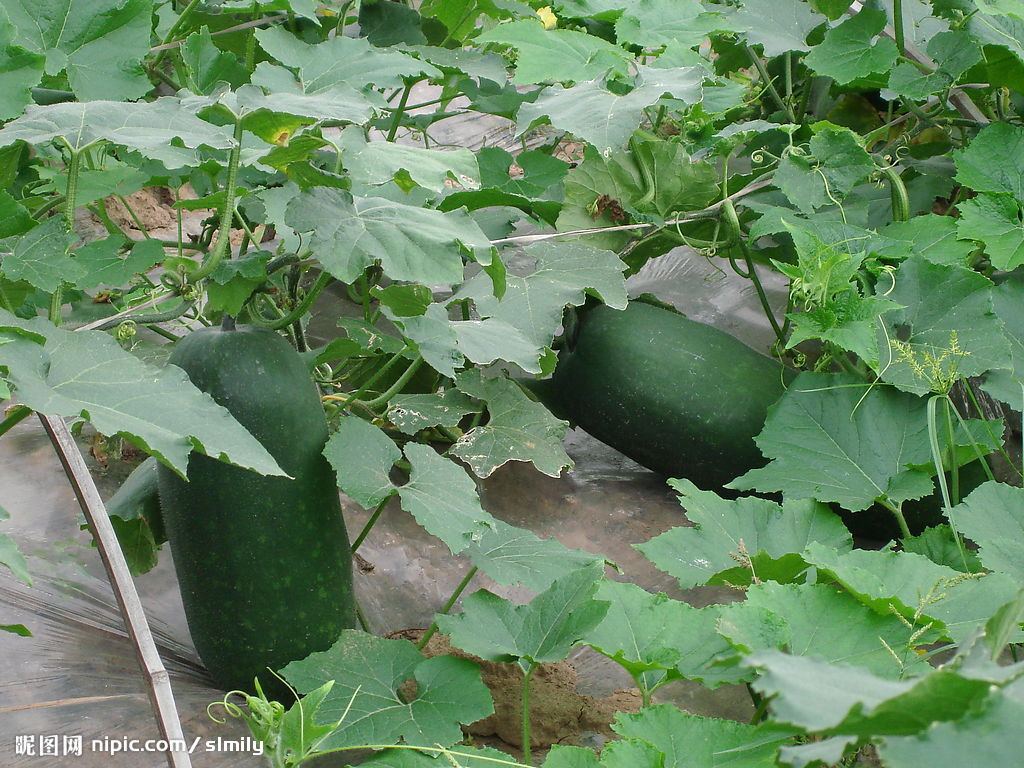
Benincasa hispida
- Introduction
- Download
Blast
Benicasa hispida (Thunb). Cogn (Syn. Benincasa cerifera) is a widely used vegetable in India and other tropical countries and belongs to the family Cucurbitaceae. It is called Petha or Golkaddu in Hindi and White Gourd, Wax Gourd or Ash Gourd in English. It is a large climbing or trailing herb with stout, angular and hispid stems. Young fruit is fleshy, succulent and hairy while the mature fruit has thickly deposited hairs with easily removable waxy bloom. The flesh of the fruit is white and spongy. In Ayurveda,B. hispida is recommended for management of peptic ulcer, hemorrhages from internal organs, epilepsy and other nervous disorders
Year:2013
Institution:Vegetable Research Institute, Guangdong Academy of Agricultural Science, Guangzhou, China
Material: Guangzhou, China
Data link: http://www.herbal-genome.cn/index.php?m=content&c=index&a=show&catid=100&id=91

Luffa cylindrical
- Introduction
- Download
Blast
Luffa cylindrical, luffa is eaten as a green vegetable in various dishes, it also can be used fot the treatment of cough, bleeding hemorrhoids, edema etc,.
Year:2015
Institution:Wuhan Vegetable Research Institute, Wuhan Academy of Agricultural Science and Technology, Wuhan
Material: Wuhan, China
Data link: http://www.herbal-genome.cn/index.php?m=content&c=index&a=show&catid=100&id=92
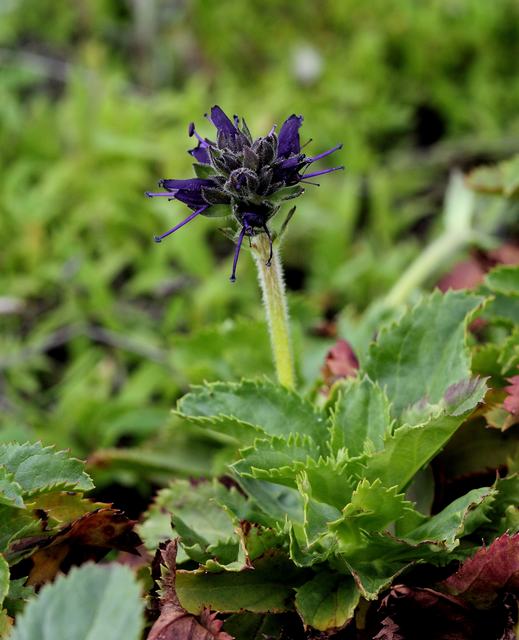
Picrorhiza kurrooa
- Introduction
- Download
Blast
Picrorhiza kurrooa is widely used in traditional as well as modern system of medicine for the treatment of liver disorders, fever, asthma and jaundice . Indiscriminate and extensive harvesting and lack of organized cultivation has threatened the status of this plant in nature and is listed as "endangered species" by International Union for Conservation of Nature and Natural Resources.
Year:2012
Institution:Biotechnology Division, CSIR-Institute of Himalayan Bioresource Technology (Council of Scientific and Industrial Research)
Material: Rohtang pass, India
Data link: http://www.herbal-genome.cn/index.php?m=content&c=index&a=show&catid=100&id=95
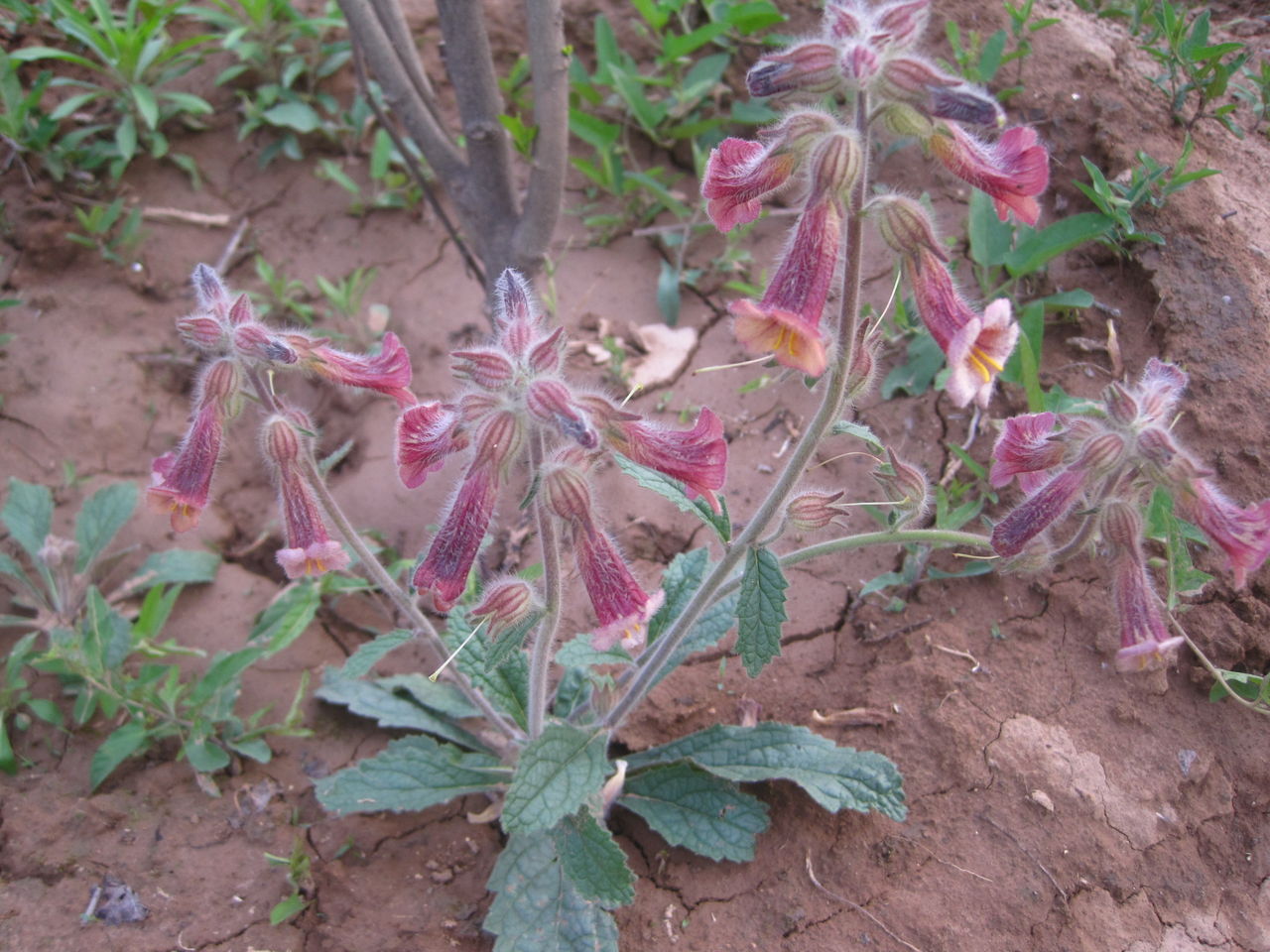
Rehmannia glutinosa
- Introduction
- Download
Blast
Rehmannia glutinosa, commonly known as the Chinese foxglove (Scrophulariaceae), is native to China, Japan, and Korea. The Chinese medical classic “Shen Nong Ben Cao Jing” (the earliest monograph on Chinese materia medica) lists R. glutinosa as a “top grade” herb. Traditional Chinese medicine uses three types of tuberous roots, namely, fresh, dried, and treated, to nourish the Yin (the negative, dark, and feminine, according to Chinese philosophy), abate pathogenic heat, strengthen the body, and replenish vitality. Modern pharmacological studies indicate that Rehmannia extracts exert broad-spectrum pharmacological effects on various human systems such as the circulatory, endocrine, cardiovascular, nervous, and immune systems. There has been a surge in the use of Rehmannia in treating ailments such as angiocardiopathy, diabetes, hypertension, vascular dementia, cerebral infarction, urinary tract problems, and menstrual disorders.
Year:2012
Institution:Institute of Medicinal Plant Development, Peking Union Medical College, Chinese Academy of Medical Sciences, Beijing 100193, China
Material: Beijing, China
Data link: http://www.herbal-genome.cn/index.php?m=content&c=index&a=show&catid=100&id=96
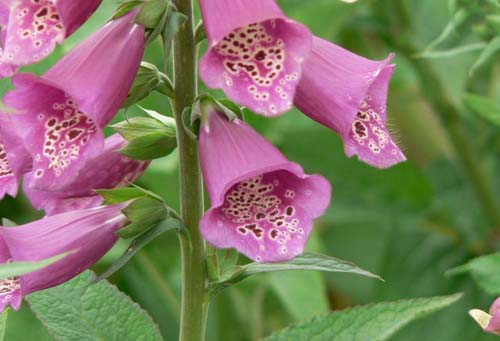
Digitalis purpurea
- Introduction
- Download
Blast
Digitalis purpurea, is a common ornamental and useful medicinal plant throughout the world. It is commercially cultivated to obtain cardiotonic glycosides, namely digitoxin and digoxin. Both glycosides are the best-known products used to strengthen cardiac diffusion and regulate heart rhythm. Recently, it was also noted that both glycosides were effective against several types of cancer.
Year:2012
Institution:Institute of Medicinal Plant Development, Chinese Academy of Medical Sciences & Peking Union Medical College
Material: Beijing, China
Data link: http://www.herbal-genome.cn/index.php?m=content&c=index&a=show&catid=100&id=97